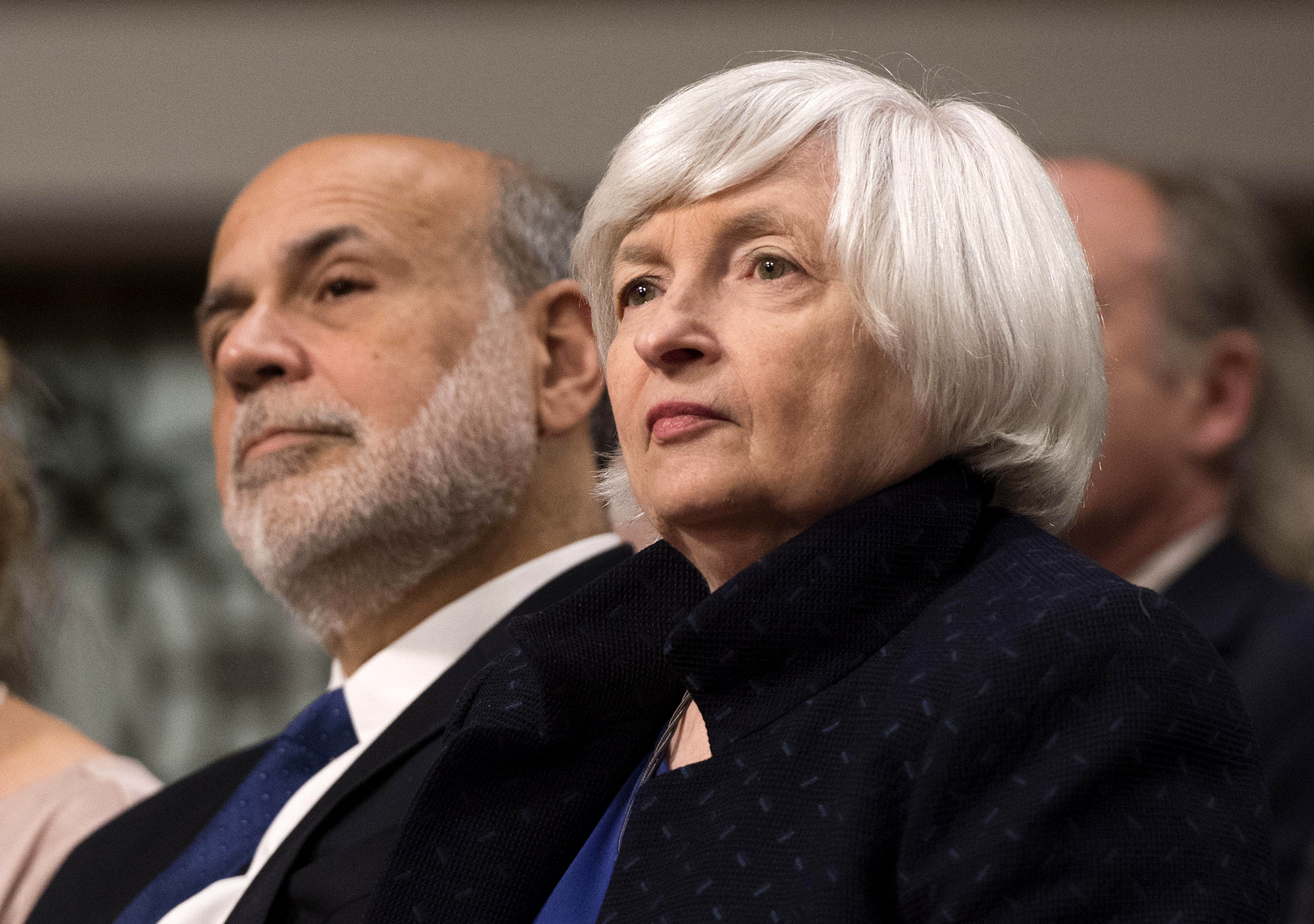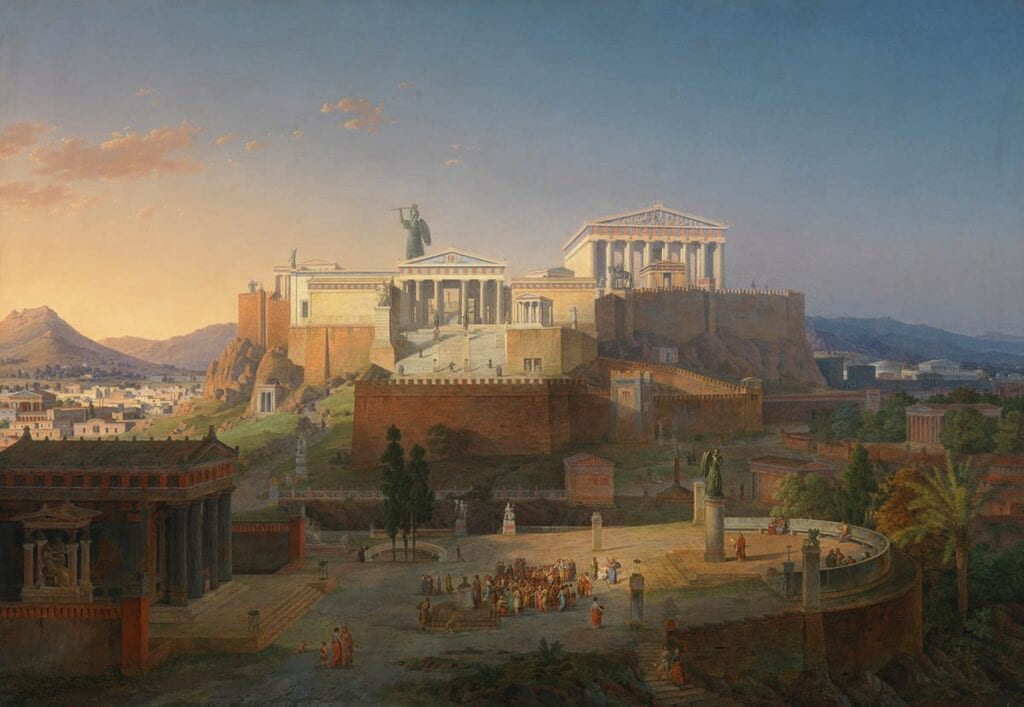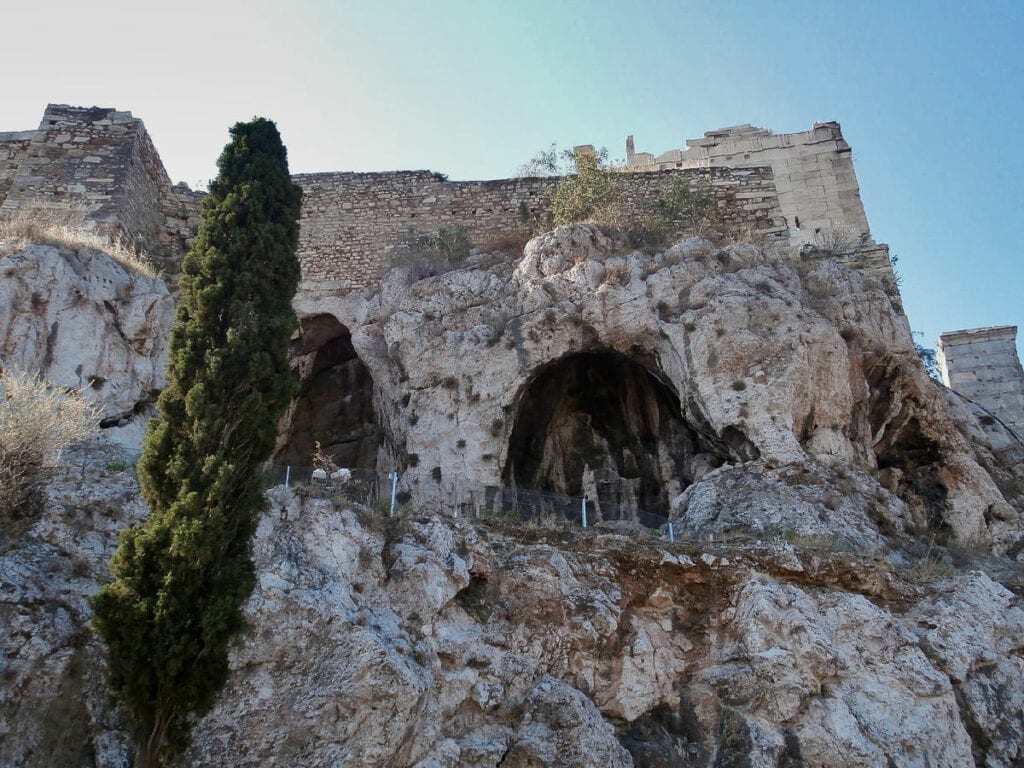‘Joy Luck Club,’ ‘Lilies of the Field,’ ‘Grease,’ ‘Shrek,’ ‘The Dark Knight’ Among 25 Titles Selected for Preservation
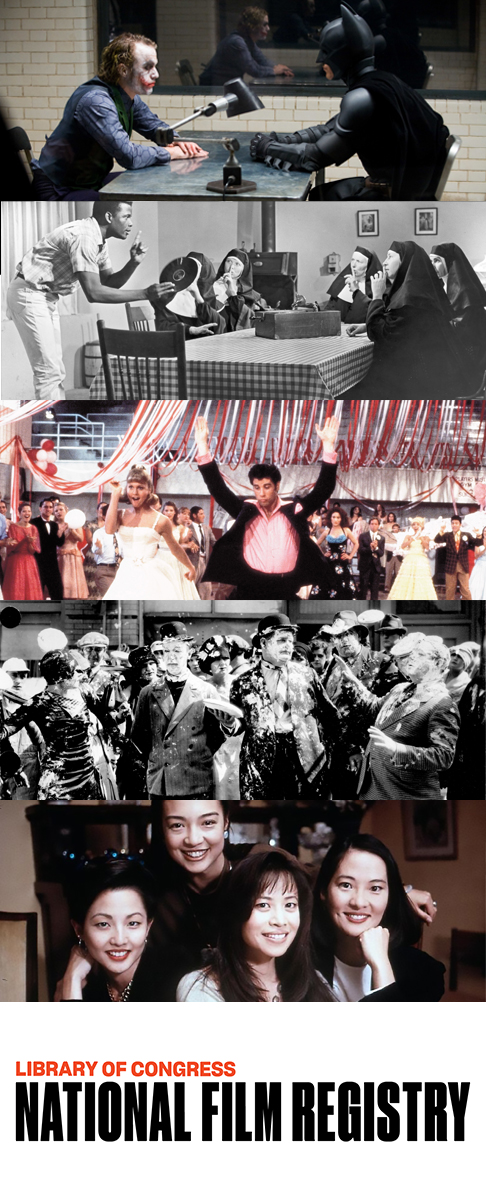
Librarian of Congress Carla Hayden announced today the annual selection of 25 of America’s most influential motion pictures to be inducted into the National Film Registry of the Library of Congress. These films range from the innovative silent film “Suspense,” which was co-directed by a woman in 1913, and Sidney Poitier’s Oscar-winning performance in 1963’s “Lilies of the Field” to the 1978 mega-hit musical “Grease,” 1980’s musical comedy “The Blues Brothers,” and one of the biggest public vote getters, Christopher Nolan’s 2008 Batman film “The Dark Knight.”
“This is not only a great honor for all of us who worked on ‘The Dark Knight,’ this is also a tribute to all of the amazing artists and writers who have worked on the great mythology of Batman over the decades,” said Nolan, director of “The Dark Knight.”
Selected because of their cultural, historic or aesthetic importance to the nation’s film heritage, the 2020 titles include blockbusters, musicals, silent films, documentaries and diverse stories transferred from books to screen. They bring the number of films selected for preservation in the registry to 800, a fraction of the 1.3 million films in the Library’s collections.
This year’s selections include a record number of films directed by women and filmmakers of color, including 10 directed by women and seven by people of color.
“The National Film Registry is an important record of American history, culture and creativity, captured through one of the great American artforms, our cinematic experience,” Hayden said. “With the inclusion of diverse filmmakers, we are not trying to set records but rather to set the record straight by spotlighting the astonishing contributions women and people of color have made to American cinema, despite facing often-overwhelming hurdles.”
Turner Classic Movies (TCM) will host a television special Tuesday, Dec. 15, starting at 8 p.m. ET to screen a selection of motion pictures named to the registry this year. Hayden will join TCM host and film historian Jacqueline Stewart, to discuss the films. Also, select titles from 30 years of the National Film Registry are freely available online in the National Screening Room. Follow the conversation about the 2020 National Film Registry on Twitter at @librarycongress and #NatFilmRegistry.
Several films showcase diverse stories told through American cinema and groundbreaking performances. For his 1963 portrayal of an itinerant worker who helps refugee nuns build a chapel in “Lilies of the Field,” Sidney Poitier became the first African American to win the Oscar for best actor. Poitier said he has fond memories of the role.
“‘Lilies of the Field’ stirs up such great remembrances in our family, from the littlest Poitiers watching a young and agile ‘Papa’ to the oldest – Papa Sidney himself!” Poitier said in a statement with his family.
In “The Joy Luck Club” from 1993, director Wayne Wang featured a formidable group of actresses telling the saga of two generations of Asian-American women, based on the bestselling book by Amy Tan.
“I could have never imagined, after reading a few chapters of Amy’s manuscript that eventually became ‘The Joy Luck Club’ book, that my dream of its adaptation would result in a movie that is still talked about decades later,” said producer Janet Yang. “When people tell me – and so many from so many cultures have – that the movie helped heal a rift with their family, I am immensely gratified, and it reminds me of the power of the moving image.”
The 2020 film selections span nearly a century of filmmaking – from the silent era to the most recent film added to the registry, the PBS documentary “Freedom Riders” from 2010 where filmmaker Stanley Nelson captures the inspiring story of 1961 when 400 Black and white Americans risked their lives challenging Jim Crow segregation by traveling together on buses and trains through the Deep South.
The record-setting 10 films directed by women on the 2020 list include the 1913 silent film “Suspense” co-directed by Lois Weber; the 1918 silent film “Bread” about a woman struggling to pull herself out of poverty, directed by Ida May Park; the 1929 film “With Car and Camera Around the World” by Aloha Wanderwell; the 1950 film “Outrage” about the once verboten topic of sexual assault directed by Ida Lupino; one of the first feature films directed by a Black woman with Kathleen Collins’ “Losing Ground” from 1982; groundbreaking director Julie Dash’s student film “Illusions” confronting Hollywood racism from 1982; the 1994 film “The Devil Never Sleeps” by Lourdes Portillo; “Shrek,” co-directed by Vicky Jenson in 2001; the 2006 film “Mauna Kea: Temple Under Siege” co-directed by Joan Lander; and the atypical war film “The Hurt Locker” about soldiers in Baghdad dismantling unexploded bombs, directed by Kathryn Bigelow in 2008.
“My desire in making ‘The Hurt Locker’ was to honor those in uniform serving in dangerous posts abroad, so I have been gratified by the resonance the film has had over the last 10 years,” said Bigelow, who was the first woman to win an Oscar for best director for “The Hurt Locker.” “For it to be selected by the National Film Registry is both humbling and thrilling.”
Music is featured prominently in this year’s selections, including the film adaptations of the Broadway musicals “Cabin in the Sky” in 1943 and “Grease” in 1978, with unforgettable performances of John Travolta and Olivia Newton-John in the lead roles.
“The cast and crew of ‘Grease’ have remained close for the past 40 years,” said director Randal Kleiser. “We are all honored to be included in this year’s national registry selection. Personally, I’ve spent the last year composing all my script notations, storyboards and photographs.”
This year’s class also features the 1980 musical comedy “The Blues Brothers” with its tribute to Chicago, soul and R&B music – and cameos by legends like Cab Calloway, Ray Charles and Aretha Franklin.
“Having ‘The Blues Brothers’ chosen to be included in the National Film Registry is both a great honor and a delightful surprise. The film is the result of Dan Aykroyd and John Belushi’s genuine passion for rhythm and blues and our mutual love for these great African American artists and the city of Chicago,” said director John Landis, who has two additional films in the National Film Registry, “Animal House” and Michael Jackson’s “Thriller.”
Aykroyd added that “Judy Belushi and I are exhilarated to see the performances of the African American musical stars in ‘The Blues Brothers’ film formally treasured for all time by the people of the United States. We feel grateful at being participants in making the movie and for this most worthwhile cultural preservation initiative.”
In 2013, the Library of Congress released a report that conclusively determined that 70 percent of the nation’s silent feature films have been lost forever and only 14 percent exist in their original 35 mm format.
Under the terms of the National Film Preservation Act, each year the Librarian of Congress names to the National Film Registry 25 motion pictures that are “culturally, historically or aesthetically” significant. The films must be at least 10 years old. More information about the National Film Registry can be found at loc.gov/film.
The Librarian makes the annual registry selections after conferring with the distinguished members of the National Film Preservation Board (NFPB) and a cadre of Library specialists. Also considered were more than 5,500 titles nominated by the public. Nominations for next year will be accepted through the fall at loc.gov/programs/national-film-preservation-board/film-registry/nominate/.
In addition to advising the Librarian of Congress on the annual selection of titles to the National Film Registry, the NFPB also provides counsel on national preservation planning policy.
Many titles named to the registry have already been preserved by the copyright holders, filmmakers or other archives. In cases where a selected title has not already been preserved, the Library of Congress Packard Campus for Audio-Visual Conservation works to ensure that the film will be preserved by some entity and available for future generations, either through the Library’s motion picture preservation program or through collaborative ventures with other archives, motion picture studios and independent filmmakers.
The Packard Campus is a state-of-the-art facility where the nation’s library acquires, preserves and provides access to the world’s largest and most comprehensive collection of films, television programs, radio broadcasts and sound recordings (loc.gov/avconservation/). It is home to more than 8.8 million collection items.
The Library of Congress is the world’s largest library, offering access to the creative record of the United States — and extensive materials from around the world — both on-site and online. It is the main research arm of the U.S. Congress and the home of the U.S. Copyright Office. Explore collections, reference services and other programs and plan a visit at loc.gov; access the official site for U.S. federal legislative information at congress.gov; and register creative works of authorship at copyright.gov.
2020 National Film Registry (alphabetical order)
The Battle of the Century (1927)
“Battle of the Century” is a classic Laurel and Hardy silent short comedy (2 reels, ca. 20 minutes) unseen in its entirety since its original release. The comic bits include a renowned pie-fighting sequence where the principle of “reciprocal destruction” escalates to epic proportions. “Battle” offers a stark illustration of the detective work (and luck) required to locate and preserve films from the silent era. Only excerpts from reel two of the film had survived for many years. Critic Leonard Maltin discovered a mostly complete nitrate copy of reel one at the Museum of Modern Art in the 1970s. Then in 2015, film collector and silent film accompanist Jon Mirsalis located a complete version of reel two as part of a film collection he purchased from the Estate of Gordon Berkow. The film still lacks brief scenes from reel one, but the film is now almost complete, comprising elements from MoMA, the Library of Congress, UCLA and other sources. It was restored by the UCLA Film and Television Archive in conjunction with Jeff Joseph/SabuCat. The nearly complete film was preserved from one reel of 35mm nitrate print, one reel of a 35mm acetate dupe negative and a 16mm acetate print. Laboratory Services: The Stanford Theatre Film Laboratory, Deluxe Entertainment Services Group, Cineaste Restoration/Thad Komorowksi, Point 360/Joe Alloy. Special Thanks: Jon Mirsalis, Paramount Pictures Archives, Richard W. Bann, Ray Faiola, David Gerstein.
The Blues Brothers (1980)
Dan Aykroyd and John Belushi, then both best known for their star-turns as part of the “Not Ready for Prime-Time Players” troupe on TV’s “Saturday Night Live,” took their recurring “Blues Brothers” SNL sketch to the big screen in this loving and madcap musical misadventures of Jake and Elwood Blues on a mission from God. An homage of sorts to various classic movie genres — from screwball comedy to road movie — “The Blues Brothers” serves as a tribute to the lead duo’s favorite city (Chicago) as well as a lovely paean to great soul and R&B music. In musical cameos, such legends as Cab Calloway, Ray Charles, James Brown, Aretha Franklin and John Lee Hooker all ignite the screen.
Bread (1918)
Billed as a “sociological photodrama, “Bread” tells the story of a naïve young woman in a narrow-minded town who journeys to New York to become a star but faces disillusionment when she learns that sex is demanded as the price for fame. Ida May Park, director and scenarist of “Bread,” was among more than a half-dozen prolific women directors working at the Universal Film Manufacturing Company during the period in which Los Angeles became the home of America’s movie industry. Park directed 14 feature-length films between 1917 and 1920, and her career as a scenarist lasted until 1931. She reasoned that because the majority of movie fans were women, “it follows that a member of the sex is best able to gauge their wants in the form of stories and plays.” In an essay Park contributed to the book “Careers for Women,” she stated that women were advantaged as motion picture directors because of “the superiority of their emotional and imaginative faculties.” In the two surviving reels of “Bread,” one of only three films Park directed that are currently known to exist, she displays an accomplished ability to knowingly vivify her protagonist’s plight as she fends off an attacker and places her frail hopes in a misshapen loaf of bread that has come to symbolize for her the good things in life.
Buena Vista Social Club (1999)
“The best Wim Wenders documentary to date and an uncommonly self-effacing one, this 1999 concert movie about performance and lifestyle is comparable in some ways to ‘Latcho Drom,’ the great Gypsy documentary/musical. In 1996, musician Ry Cooder traveled to Havana to reunite some of the greatest stars of Cuban pop music from the Batista era (who were virtually forgotten after Castro came to power) with the aim of making a record, a highly successful venture that led to concerts in Amsterdam and New York. The players and their stories are as wonderful as the music, and the filmmaking is uncommonly sensitive and alert,” wrote film critic Jonathan Rosenbaum.
Cabin in the Sky (1943)
“Cabin” tells the story of a man (Eddie “Rochester” Anderson) trying to make it into heaven and who is sent back to earth for one last shot at redemption. Released the same year as Fox’s “Stormy Weather,” this film adaptation of the 1940 Broadway musical marked the directing debut of renowned director Vincente Minnelli (“Meet Me in St. Louis,” “An American in Paris,” “Bad and the Beautiful,” “The Band Wagon,” and “Gigi”). Minnelli’s gift for ingeniously blending in dazzling musical numbers is on full display throughout. Lauded at the time for showcasing an all-Black cast in a major Hollywood film when many theaters in the U.S. were still segregated, the film also sadly demonstrates the limited film opportunities and acting compromises African Americans had to make during the Hollywood classic era. These notable concerns aside, “Cabin” remains a glittering cultural record of outstanding African American artistic talent of the era (Ethel Waters, Lena Horne, Louis Armstrong, Rex Ingram, and Eddie “Rochester” Anderson.)
A Clockwork Orange (1971)
Though based on the book by Anthony Burgess, it certainly took an eye and a mind like director Stanley Kubrick’s to bring this film to life. Set in a not-so-distant future, that is equal parts dystopian and cartoonish, “Clockwork,” now almost 50 years after its creation, remains as it always was: disturbing, controversial and startlingly unsettling. Malcolm MacDowell (in his most legendary role) stars as Alex DeLarge, the demented, de facto leader of a gang of boys– sporting bowler hats, canes and codpieces–who wreak havoc all over what used to be England. But as evil as Alex is, when he’s caught and subjected to a type of state-sanctioned crime aversion therapy, his “treatment” turns out to be far more brutal than any of the crimes he’s ever committed.
The Dark Knight (2008)
Bob Kane and Bill Finger’s dark, enduring creation first flew onto the screen in a 1943 B-movie serial and would return to theaters several times in treatments both camp and action-oriented. But Christopher Nolan’s evocative 2008 work reinvented the already vast Batman mythos thanks in no small part to its two intense, now legendary, lead performances: Christian Bale as the titular character and Heath Ledger, in a remarkable, Oscar-winning take on Bat super-villain “The Joker.” Set in a dark, modern-day Gotham City, “The Dark Knight” is a visual feast of memorable set pieces, screenwriting flair, and characters and situations imbued with a soul and a conscience. “Pitched at the divide between art and industry, poetry and entertainment, “The Dark Knight” goes darker and deeper than any Hollywood movie of its comic-book kind,” wrote Manohla Dargis of The New York Times. The theme of a world turned upside down by fear and dystopian chaos resonates eerily well in the pandemic havoc of 2020.
The Devil Never Sleeps (1994)
Early one Sunday morning in July, the filmmaker receives a phone call informing her that her beloved tio (uncle) Oscar Ruiz Almeida has been found dead of a gunshot wound to the head in Chihuahua, Mexico. His widow has declared his death a suicide. Most of his family, however, cry murder and point to a number of possible suspects: his business partner, his ranch-hand, the widow herself. In “The Devil Never Sleeps,” Lourdes Portillo returns to the land of her birth to find out exactly who her uncle was and to investigate the circumstances of his death. She explores “irrational” as well as “logical” explanations, searching for clues on both sides of the border and in the history of her family. Old tales of betrayal, passion, lust and supernatural visitation emerge as we follow the filmmaker deep into the life of a community in the homeland of Pancho Villa. “The Devil Never Sleeps” exposes the loves and hatreds of a Mexican family convulsed by the death of one of its members. The emotions that Portillo captures in her particular blend of traditional and experimental techniques bring out the nuances of Mexican social and family order. Poetic, tragic, humorous and mythic, this film crosses the borders of personal values, cultural mores and the discipline of filmmaking itself. It is a key film by a Latina filmmaker.
Freedom Riders (2010)
During 1961, more than 400 people from across the nation, black and white, women and men, old and young, challenged state-sanctioned segregation on buses and in bus terminals in the Deep South, segregation that continued after the Supreme Court had ruled the practice to be in violation of interstate commerce laws. Some 50 years later, “Freedom Riders,” a two-hour PBS American Experience documentary made by Stanley Nelson, charted their course in considerable depth as they faced savage retaliatory attacks and forced a reluctant federal government to back their cause. The riveting story is told without narration using archival film and stills and, most engagingly, through testimonies of the Freedom Riders themselves, journalists who followed their trail, federal, state, and local officials, white southerners, and chroniclers of the movement including Raymond Arsenault, whose book inspired the documentary. The film takes viewers through many complex twists and turns of the journey with extraordinary clarity and emotional force. The courage and conviction of the Freedom Riders, ordinary Americans willing to risk bodily harm and death to combat injustice nonviolently, will inspire later generations who watch Nelson’s eloquent film. Nearly 50 full interviews conducted for the film are now available in the American Archive of Public Broadcasting at https://americanarchive.org/special_collections/freedom-riders-interviews.
Grease (1978)
This tuneful, loving tribute to 1950s America — perhaps more romanticized than accurate — was first staged on Broadway in 1972. A huge hit, it would run for over 3,000 performances before closing in 1980. In 1978, the production was brought to the big screen with the addition of a few fresh songs and a cast including newly-minted superstar John Travolta and pop/country chanteuse Olivia Newton-John. Energetically directed by Randal Kleiser and loaded with beloved songs like “You’re the One that I Want,” “We Go Together,” “Summer Nights,” “Hopelessly Devoted to You” and “Greased Lightin’,” “Grease” became the film of that year. It has never really left — becoming a staple for both local and high school productions, several Broadway revivals and even a live TV adaptation in 2016. “Grease” is still the word.
The Ground (1993-2001)
The films of Robert Beavers are exceptional for their visual beauty, aural texture and depth of emotional expression. Beavers’ films occupy a noble place within the history of avant-garde film, positioned at the intersection of structural and lyrical filmmaking traditions. They seem to embody the ideals of the Renaissance in their fascination with perception, psychology, literature, the natural world, architectural space, musical phrasing and aesthetic beauty. “The Ground” uses seemingly simple components — the sunbaked landscape of a Greek island, the blue waters of the Aegean Sea and images of a man chiseling stone — to conjure the fundamental experience of holding something close to one’s heart.
The Hurt Locker (2008)
That great Hollywood staple, the “war movie,” got a major reinvention in director Kathryn Bigelow’s 2008 riveting and uncompromising look at contemporary warfare. Following the work of a Baghdad-based explosive ordnance disposal team, “The Hurt Locker” strips away sentiment — and politics — to focus its camera on the rampant, second-by-second dangers and ethical dilemmas of modern-day soldiers. Jeremy Renner leads the skillful cast as a detonation expert for whom war seems a little too “normal.” Along with winning that year’s Best Picture Oscar, Bigelow was named as “Best Director” by the Academy, the first woman to receive that honor.
Illusions (1982)
Born in New York City, Julie Dash is a filmmaker, music video and commercial director, author and website creator. Her film studies began in Harlem in 1969 but eventually led her to the American Film Institute and UCLA, where she made “The Diary of an African Nun” (1977), based on a short story by Alice Walker, which won a student award from the Directors Guild of America. Dash’s critically acclaimed short film “Illusions” (1982) later won the Jury Prize for Best Film of the Decade awarded by the Black Filmmakers Foundation. Created for her MFA thesis at UCLA, “Illusions, is set in World War II-era Hollywood and explores the nature of Hollywood racial politics, fantasy and the illusion of racial identity.
The Joy Luck Club (1993)
Director Wayne Wang’s adaptation of Amy Tan’s novel tells a story of relationships between Chinese-American women and their Chinese immigrant mothers. The four mothers meet weekly to play Mahjong, tell stories and reminisce. The richly layered plot features key themes including the often complicated relationships between mothers and daughters, assimilation into a far different culture, wistfulness for aspects of former lifestyles, the intersections between past and present, and the strong bond of family ties between two generations who grew up in vastly different circumstances. Wang’s film “Chan Is Missing” was selected to the National Film Registry in 1995.
Kid Auto Races at Venice (1914)
A milestone in film history, “Kid Auto Races at Venice” features the debut of Charlie Chaplin’s little tramp character as he continually disrupts a cameraman trying to film a soapbox derby car race. A contemporary review in The Cinema noted, “Kid Auto Races struck us as about the funniest film we have ever seen. When we subsequently saw Chaplin in more ambitious efforts, our opinion that the Keystone Company had made the capture of their career was strengthened. Chaplin is a born screen comedian; he does things we have never seen done on the screen before.”
Lilies of the Field (1963)
From 1950 to 1980, Sidney Poitier ranked among the top American film stars (“No Way Out,” “Blackboard Jungle,” “Edge of the City,” “The Defiant Ones,” “Raisin in the Sun,” “Paris Blues,” “In the Heat of the Night,” “Guess Who’s Coming to Dinner”). In “Lilies,” Poitier has another of his classic roles where he plays an itinerant worker who helps refugee East European nuns build a chapel in Arizona. The nuns cannot pay him for the work and implore him to do so by citing various Biblical verses (Sermon on the Mount). Poitier, for his part, is moved by their plight but also wants to demonstrate his skills as an architect and builder. The film serves as a parable highlighting mutual respect via common purpose, the austere Arizona desert landscape, the impoverished nuns, and a man they believe God sent to help them. For his portrayal, Poitier became the first African American to win the Oscar for best actor.
Losing Ground (1982)
One of the first feature films directed by an African American woman, Kathleen Collins’ “Losing Ground” tells the story of a marriage between two remarkable people, both at a crossroads in their lives. “Losing Ground” centers on the experiences of Sara (Seret Scott), an African American philosophy professor whose artist husband Victor (Bill Gunn) rents a country house for a month to celebrate a recent museum sale. The couple’s summer idyll becomes complicated as Sara struggles to research the philosophical and religious meaning of ecstatic experience …and to discover it for herself.
The Man With the Golden Arm (1955)
The subject of drug addiction has been addressed in Hollywood films many times before, dating all the way back to the silent era (Kevin Brownlow’s seminal “Behind the Mask of Innocence” chronicles these amazing early productions). But few dared to be as honest, blunt or graphic as this Otto Preminger treatment, which featured Frank Sinatra and Kim Novak. Sinatra stars as the heroin-addicted hero who, having gotten clean while in prison, now struggles to remain “straight” after release. Oscar-nominated for his work in the film, Sinatra is a raw nerve in his unvarnished portrayal of a “junkie,” most memorably in his brutal withdrawal scenes. Along with its still topical subject and powerful storytelling, the film is further enhanced by its eye-popping Saul Bass opening credits sequence and Elmer Bernstein’s remarkable jazz score. Critic Dave Kehr has noted that “Otto Preminger’s 1955 adaptation of Nelson Algren’s novel is something of a crossroads movie, suspended between the swirling expressionism of Preminger’s early career and the balanced realism that would later become his forte.” The film was preserved by the Academy Film Archive in 2005 with funding from the Film Foundation and the Hollywood Foreign Press Association.
Mauna Kea: Temple Under Siege (2006)
Produced and directed by Puhipau and Joan Lander of Nā Maka o ka ʻĀina, this documentary about the dormant volcano on the Big Island of Hawai’i examines the development vs. ecological preservation battle between scientists who use the mountain summit as an astronomical observatory and Hawaiians who want the mountain preserved as a cultural landscape sacred to the Hawaiian people.
Outrage (1950)
For a few years beginning in the late 1940s, Ida Lupino, Hollywood’s only woman director of the period, made a series of distinctive films that spoke to the public’s desire, she stated, “to see something that fits in with their own concepts of the way people actually live in the world and the problems they must meet and overcome.” In “Outrage,” an unblinking examination of the traumatic effects of rape on a vulnerable young woman, Lupino, an actress of consummate grace and power, masterfully employed sound and silence, light and shadow, depth of field and cutting, camera movement and careful framing to cinematically capture the psychological impact of her character’s shattered world. Inspired by a question that Italian neo-realist director Roberto Rossellini posed to her at a party – “When are you going to make pictures about ordinary people, in ordinary situations” – Lupino, along with her husband Collier Young, associate producer Malvin Wald, and cinematographer Archie Stout created a series of low-budget impactful films with newfound talent, like Mala Powers, star of “Outrage.” Lupino’s films, Martin Scorsese has observed, “addressed the wounded soul and traced the slow, painful process of women trying to wrestle with despair and reclaim their lives.”
Shrek (2001)
Even by DreamWorks standards, the charm and magic of “Shrek” seemed extraordinary upon its initial release almost 20 years ago — and its power has yet to diminish in the intervening years. With this story of a green-skinned, solitude-loving ogre, Shrek, who embarks on a noble quest, alongside his new friend, a lovable donkey, the film manages to be both a send-up of fairy tale tropes and an affectionate tribute to them. Entertaining and emotionally impactful at levels to be appreciated by both children and their adults, “Shrek” was a mega-hit upon its release and has been followed by three equally enchanting sequels, a TV holiday special and a Broadway adaption. Mike Myers, Eddie Murphy and Cameron Diaz lead the strong voice cast.
Suspense (1913)
During the 1910s, women directors played a prominent role in the development of film as an art form. Chief among them was Lois Weber who was recognized alongside directors such as D.W. Griffith and Cecil B. DeMille. Weber’s films often touched on controversial social issues such as poverty and contraception. In a 1913 Photoplay interview, Weber spoke of her desire to create films “that will have an influence for good on the public mind.” In this 1913 short, “A wife and her baby are alone in an isolated house when a tramp breaks in. As the wife tries to keep the invader at bay, her husband happens to telephone and learn what’s happening. He scrambles to return home. He steals an idle car, and its owner, accompanied by police, race after him. We cut rapidly between the besieged mother and the husband’s frantic drive, as he is in turn pursued. Just as the tramp is about to attack the wife, the husband bursts in, followed by the police. The family is saved. This is the plot of “Suspense,” co-directed by Lois Weber and Phillips Smalley. If the plot sounds familiar, it’s probably because you know that one of D.W. Griffith’s most famous films, “The Lonely Villa” (1909) tells the same basic tale. So Weber and Smalley are reviving an old idea. Their task is to make it fresh. How they do so has been studied in depth by Charlie Keil in his book “Early American Cinema in Transition: Story, Style, and Filmmaking, 1907-1913,” wrote film historian David Bordwell.
Sweet Sweetback’s Baadasssss Song (1971)
With “Sweet Sweetback,” director Melvin Van Peebles touched off a wave of imitative Black features, few of which matched his startling originality and fierce attacks. The story of a male “performer” at a ghetto bordello and his run from the law, the film shrewdly mixes commercial ingredients and ideological intent. “It would be difficult to underestimate Melvin Van Peebles’s achievement in producing, directing, writing, scoring and starring in this film, not to mention financing it with the salary he had earned while directing “Watermelon Man” (1970). Not since Oscar Micheaux had an African American filmmaker taken such complete control of the creative process, turning out a work so deeply connected to his own personal and cultural reality that he was not surprised when the white critical establishment professed bewilderment upon its release in 1971. Filled with enough sex, rage and violence to earn it an X rating, the success of “Sweet Sweetback’s Baadasssss Song” depends less on its story of a superstud running from the police than it does on its disinterest in referencing white culture and its radically new understanding of how style and substance inform each other,” wrote Steven Higgins in “Still Moving: The Film and Media Collections of the Museum of Modern Art.” MoMA has preserve the film from its original camera negative.
Wattstax (1973)
Often called the “Black Woodstock,” this documentary from Memphis’ Stax Records stands as far more than simply a great concert film. “Wattstax” chronicles the renowned 1972 LA Memorial Coliseum concert and celebrates the Los Angeles’ black community’s rebirth after the tragedy of the Watts riots a few years earlier. Richard Pryor’s knowing monologues frame and serve as a Shakespearean musing on race relations and Black American life, alongside the incisive comments from people on the Watts streets. “Wattstax” also features dazzling music highlights from artists such as Isaac Hayes and the Staple Singers, capped by Rufus Thomas dancing the Funky Chicken in hot pants.
With Car and Camera Around the World (1929)
Filmed from 1922 to 1929, “With Car and Camera Around the World” (1929) documented the expeditions of Walter Wanderwell and Aloha Wanderwell Baker, the first woman to travel around the world by car. The couple, along with a crew of volunteers, crisscrossed dozens of countries in a caravan of Ford Model Ts, filming people, cultures and historical landmarks on 35mm film. Learning the filmmaking craft along the way, Aloha served as camera assistant, cinematographer, editor, actress, screenwriter, interpreter, driver, negotiator, and, at times, director. The Academy has preserved both edited and unedited shots from “With Car and Camera Around the World” in addition to a few sequences and outtakes from other films, including “The Last of the Bororos” (1931), “The River of Death” (1934) and “To See the World by Car” (1937). More information is available at: https://www.oscars.org/film-archive/collections/aloha-wanderwell-film-collection
Films Selected for the 2020 National Film Registry
(chronological order)
- Suspense (1913)
- Kid Auto Races at Venice (1914)
- Bread (1918)
- The Battle of the Century (1927)
- With Car and Camera Around the World (1929)
- Cabin in the Sky (1943)
- Outrage (1950)
- The Man with the Golden Arm (1955)
- Lilies of the Field (1963)
- A Clockwork Orange (1971)
- Sweet Sweetback’s Baadasssss Song (1971)
- Wattstax (1973)
- Grease (1978)
- The Blues Brothers (1980)
- Losing Ground (1982)
- Illusions (1982)
- The Joy Luck Club (1993)
- The Devil Never Sleeps (1994)
- Buena Vista Social Club (1999)
- The Ground (1993-2001)
- Shrek (2001)
- Mauna Kea: Temple Under Siege (2006)
- The Hurt Locker (2008)
- The Dark Knight (2008)
- Freedom Riders (2010)
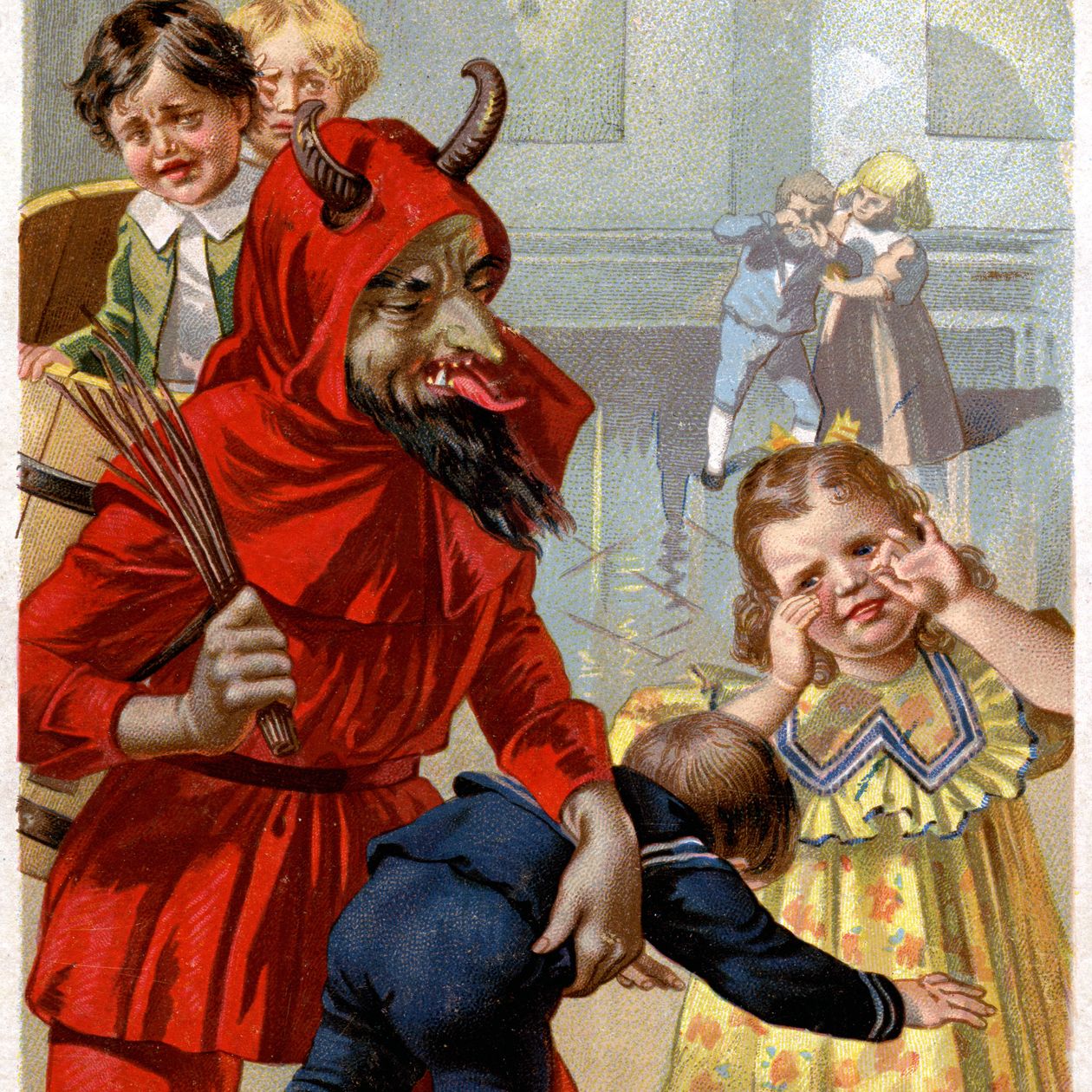
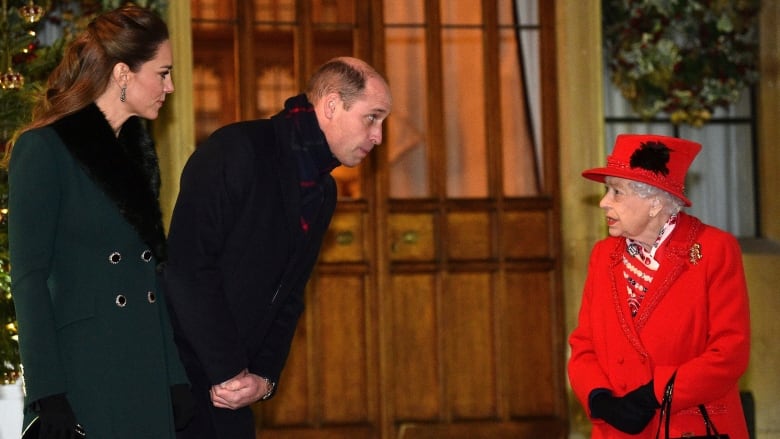 Queen Elizabeth talks with Prince William and Kate, Duchess of Cambridge, in the quadrangle at Windsor Castle on Dec. 8 as they met and thanked members of the Salvation Army and volunteers and key workers from local organizations and charities. (Glyn Kirk/The Associated Press)
Queen Elizabeth talks with Prince William and Kate, Duchess of Cambridge, in the quadrangle at Windsor Castle on Dec. 8 as they met and thanked members of the Salvation Army and volunteers and key workers from local organizations and charities. (Glyn Kirk/The Associated Press)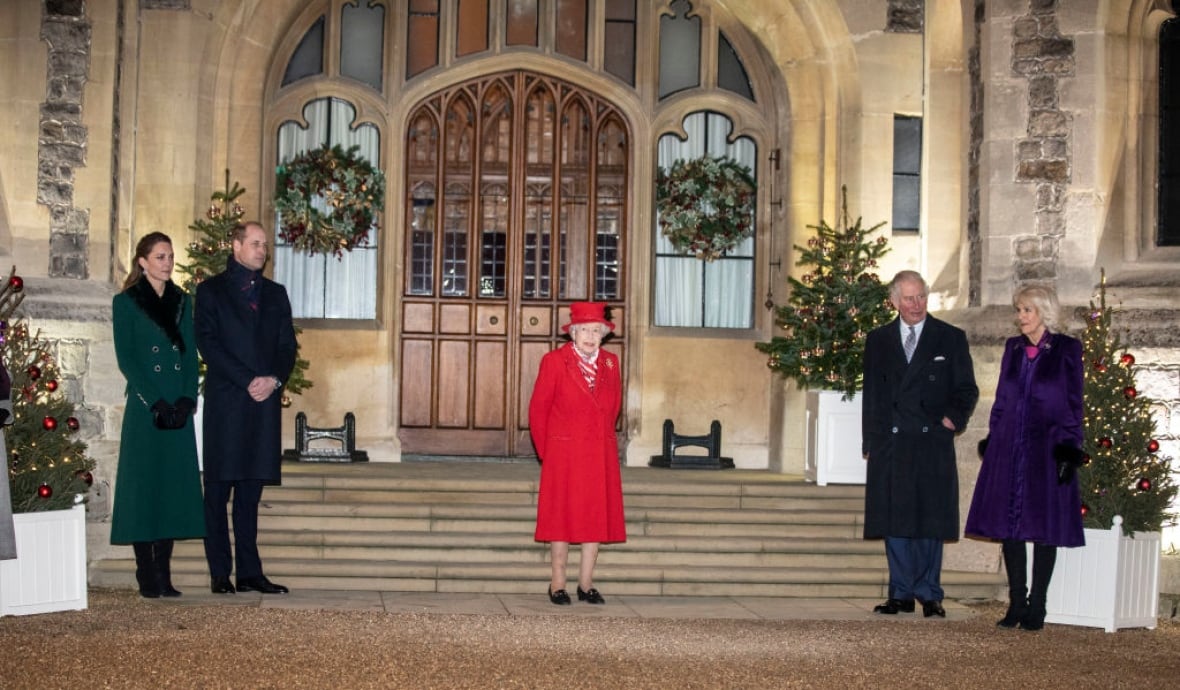 Kate, left, William, Queen Elizabeth, Prince Charles and Camilla, Duchess of Cornwall, keep their physical distance as they thank volunteers and key workers at Windsor Castle on Dec. 8. (Richard Pohle/Getty Images)
Kate, left, William, Queen Elizabeth, Prince Charles and Camilla, Duchess of Cornwall, keep their physical distance as they thank volunteers and key workers at Windsor Castle on Dec. 8. (Richard Pohle/Getty Images)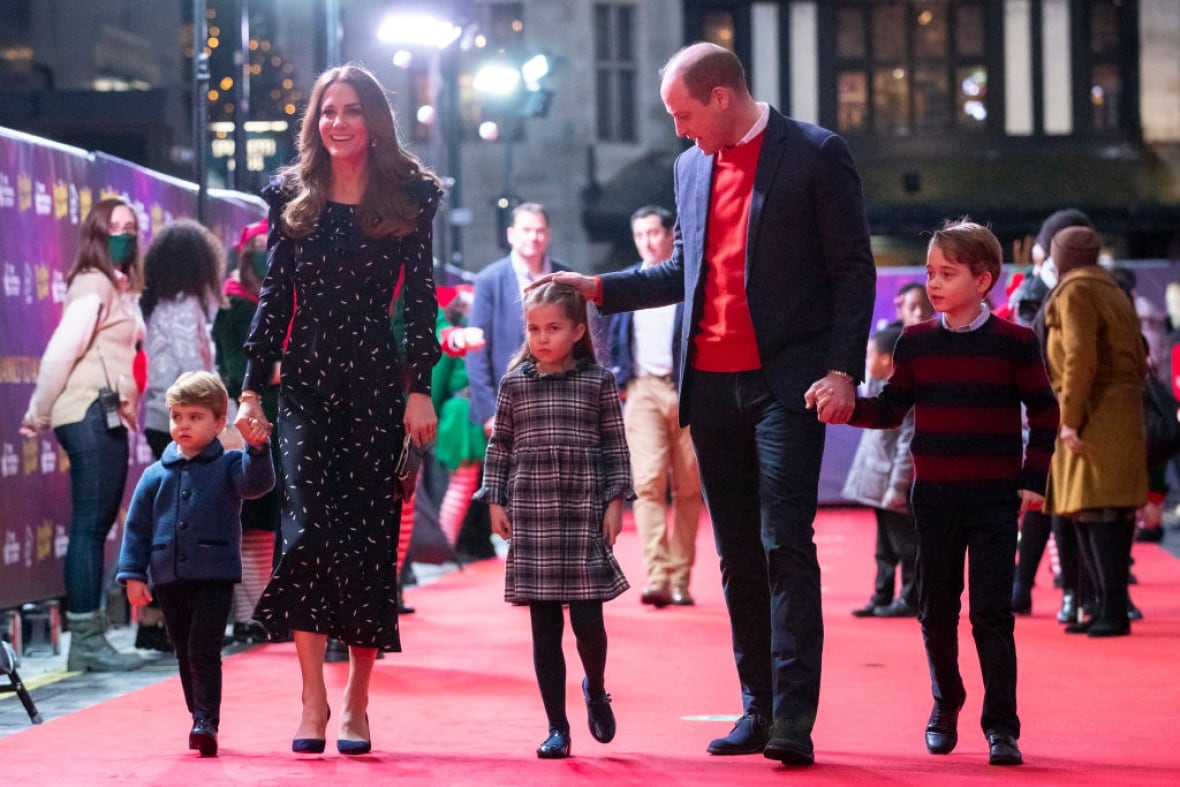 William and Kate walk with their children, Prince Louis, left, Princess Charlotte and Prince George, on the red carpet — their first such appearance as a family — to attend a special pantomime performance in London on Dec. 11 to thank key workers and their families for their efforts throughout the pandemic. (Aaron Chown/Getty Images)
William and Kate walk with their children, Prince Louis, left, Princess Charlotte and Prince George, on the red carpet — their first such appearance as a family — to attend a special pantomime performance in London on Dec. 11 to thank key workers and their families for their efforts throughout the pandemic. (Aaron Chown/Getty Images)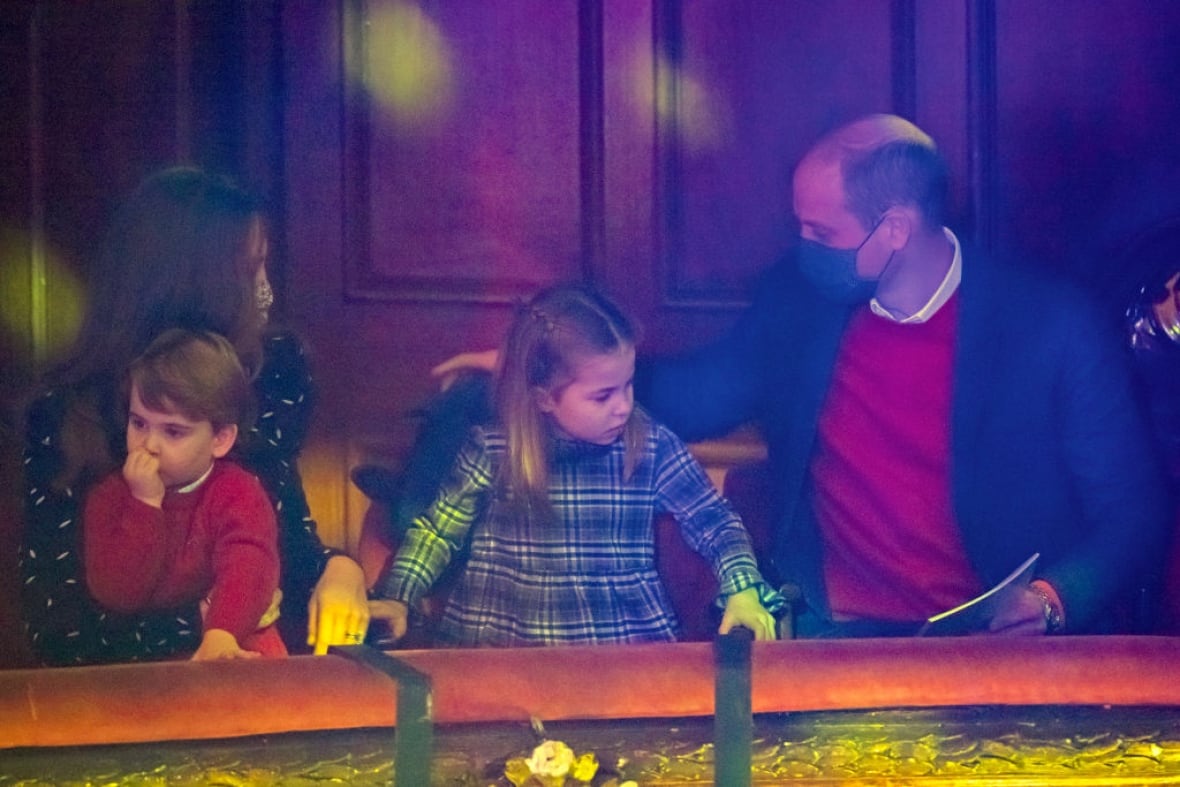 William and Kate sit with Prince Louis and Princess Charlotte at the pantomime performance. (Aaron Chown/Getty Images)
William and Kate sit with Prince Louis and Princess Charlotte at the pantomime performance. (Aaron Chown/Getty Images)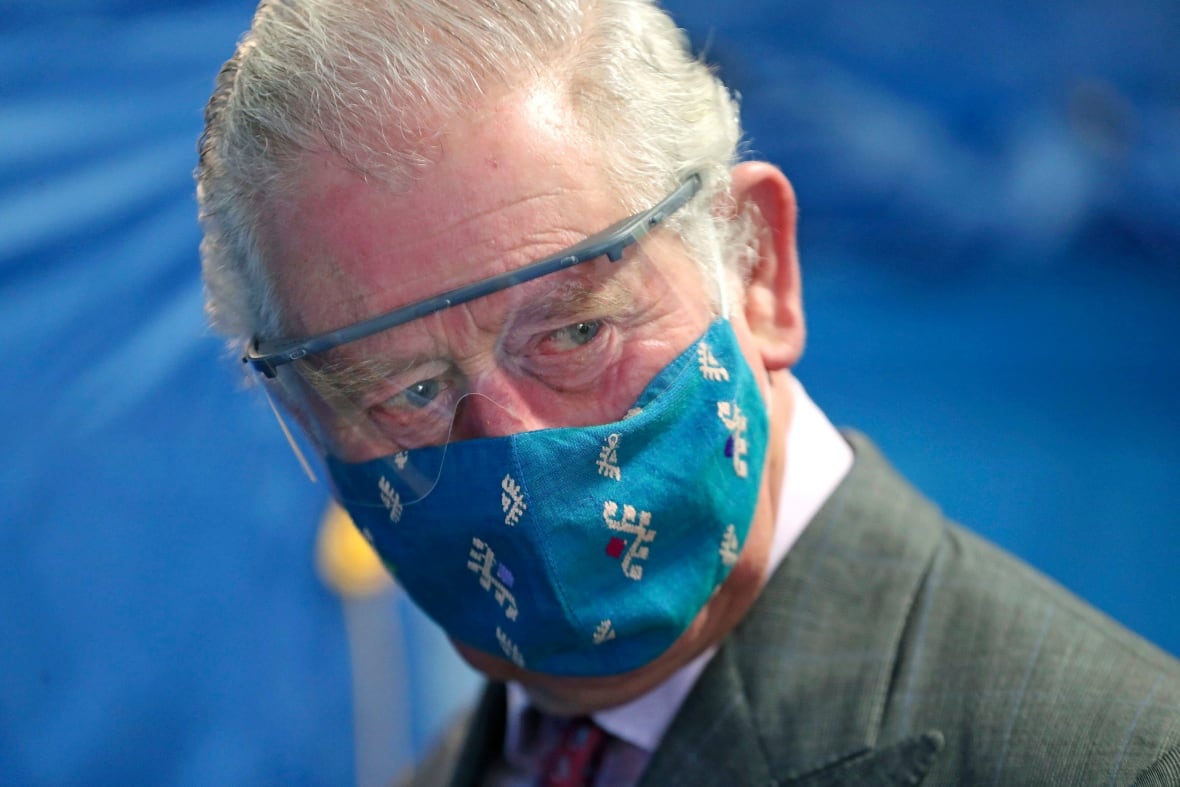
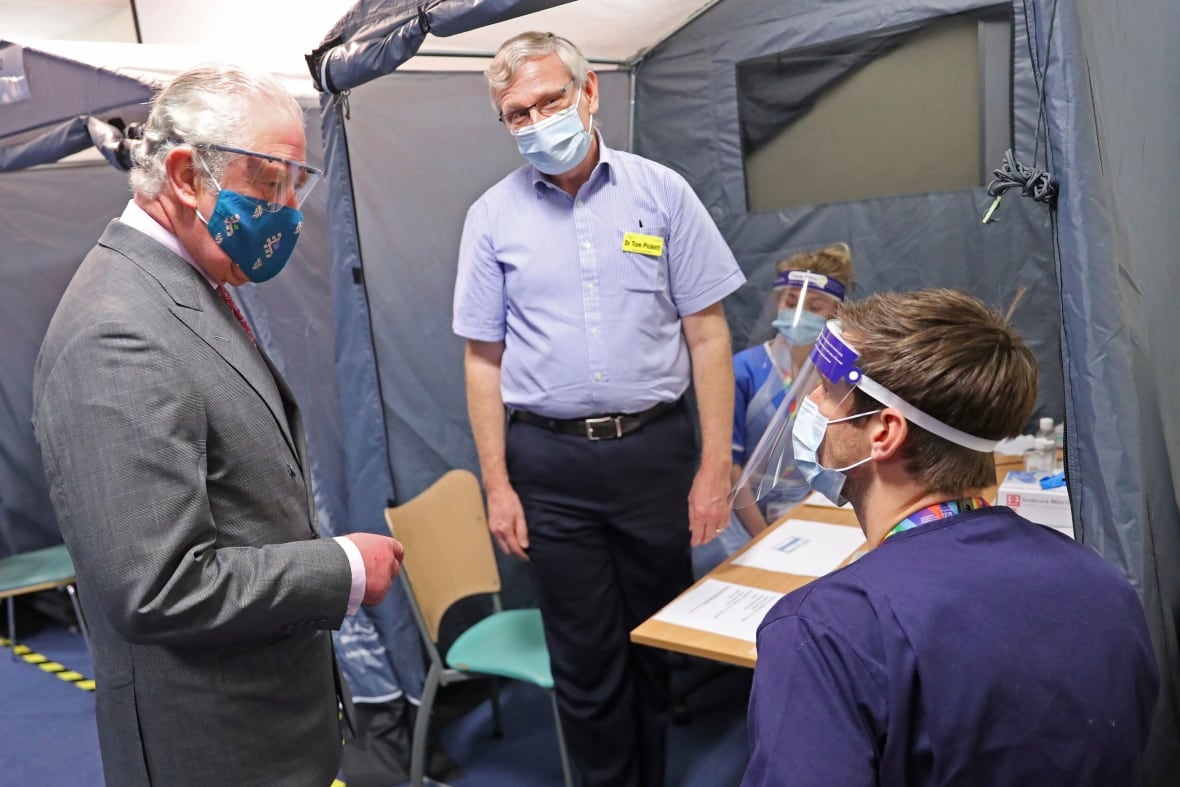 Charles chats with front-line workers administering and receiving the COVID-19 vaccine on Thursday. (Chris Jackson/The Associated Press)
Charles chats with front-line workers administering and receiving the COVID-19 vaccine on Thursday. (Chris Jackson/The Associated Press)

